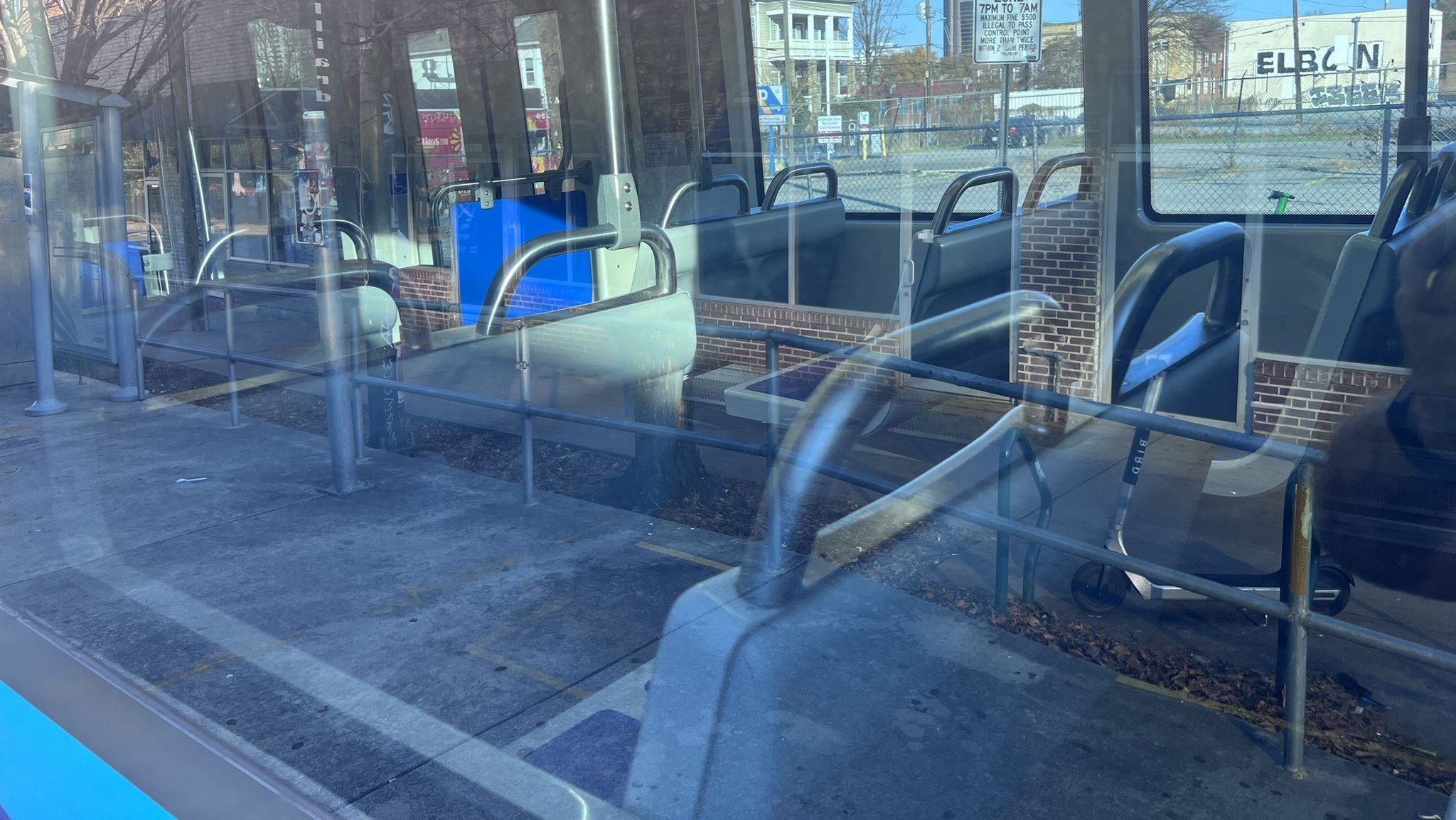MYTHBUSTER #3: ‘The voters have spoken’ on Beltline rail
Rating: False.
Atlantans have never voted for rail on the Beltline.
A 2016 citywide referendum for the More MARTA half-penny sales tax came closest to a popular tally.
But that vote wasn’t just about Beltline rail. It was attached to a wish list of 73 transit projects, including the Beltline – each of which was a candidate for More MARTA funding.
The wording: “Yes/no for the purpose of significantly expanding and enhancing MARTA transit service.”
The state legislation authorizing the referendum didn’t mention rail or the Beltline. Neither did this Q&A that MARTA prepared for voters.
Rail boosters have also argued with great passion that the Beltline streetcar must have been More MARTA’s highest priority because it appeared first on the pre-referendum project list. But that was merely about spelling: “Beltline” comes before “Summerhill” or “Campbellton” when listed alphabetically.
The referendum passed, 71-29 percent. But many of the “yes” voters made it clear that they backed other projects over Beltline rail. Others likely didn’t realize that More MARTA wouldn’t provide anything close to the money needed to complete the entire Beltline loop.
And most voters probably didn’t even know that the heavily publicized wish list would have to be trimmed. Significantly.
So far, the MARTA Board has entirely axed 56 projects of the initial 73 from More MARTA funding. Of the 17 remaining projects, four are parts of the Beltline streetcar loop.
Why has the streetcar been slated for an outsize share of More MARTA funding?
For one thing, the Beltline streetcar had a well-organized and sustained cadre of supporters. Shortly after the successful referendum, a rail booster group campaigned to gather endorsements from neighborhood organizations, Neighborhood Planning Units and political candidates.
They’ve since pointed to those endorsements as an expression of popular backing. The group, Beltline Rail Now, pressed 24 of the city’s 25 NPUs to support the Beltline streetcar. But only 12 opted to back the project, and two of those that did attached conditions.
We support Atlanta’s NPUs and neighborhood groups as great venues for the grassroots to be heard on planning issues. But Beltline Rail Now’s vigorous campaign is an example of the NPU system’s limitations: Without a set process to ensure that both sides are heard, a special interest group can organize to present their cause as a populist, feel-good, non-controversial proposal.
BRN’s presentations focused on best-case scenarios. Streetcar supporters continue to circulate illustrations that differ dramatically from the actual design of the rail line. To the NPUs, they framed support for the streetcar as support for transit generally and for the Beltline overall. With a choice between supporting or opposing the Beltline and transit, it’s surprising that only 10 NPUs backed the petition unconditionally.
As lovers of the Beltline and transit, we’d argue that the streetcar would be bad for both. But there was little discussion of the project's costs and drawbacks at neighborhood meetings, because at the time only one side was presenting its arguments.
Advocates for other More MARTA projects – generally in less well-healed neighborhoods – weren’t as well organized. And defenders of the greenway vision for the Beltline weren’t organized at all.
A poll commissioned last October by Better Atlanta Transit provides a more recent proxy of public support. The respected Global Strategy Group found Atlanta voters solidly against rail when presented with other alternatives. For example, 53 percent preferred that MARTA upgrade its current services rather than expand rail on the east side; only 43 percent would opt for rail. Fifty percent wanted the Beltline right-of-way designated for rail to instead be used to keep pedestrians safe by creating a separate lane for bikers and other small, wheeled vehicles; only 24 percent would stick with rail there. (The poll had a 4 percent margin of error.()Larger majorities expressed concerns about Beltline rail in itself: 63 percent worried that the streetcar would harm the local environment by creating pollution and removing most existing meadows and trees, and 60 percent of voters believed the rail line would cause safety concerns on the eastside trail and take much-needed space for pedestrians and bikers.
Beltline rail advocates are convinced that every single one of the 71 percent of voters who approve the More MARTA sales tax were expressing support for their favorite project. One pro-streetcar document refers to Beltline rail as “the centerpiece of More MARTA.”
Of course, to streetcar advocates, it is the “centerpiece.” But that doesn’t mean it was ever a priority for most Atlanta voters.
This week’s headline quote was taken from a Beltline Rail Now’s “Staying on Board” report.



